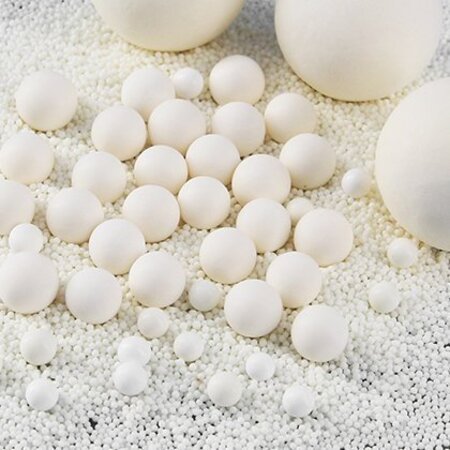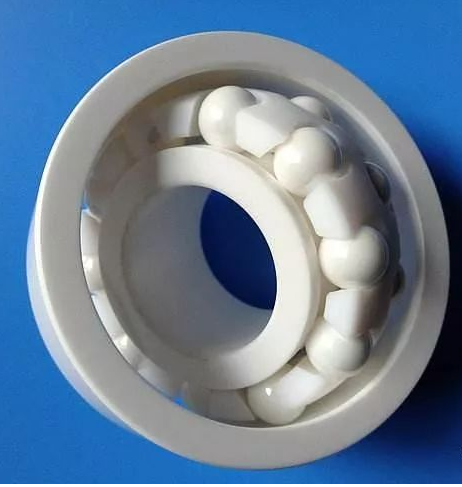-

Alumina Ceramic Grinding Balls: The Key to High-Precision Milling and Grinding
Alumina Ceramic Grinding Balls can be used both in the laboratory and industries because of their strong performance and reliability. They are vital in a number of applications encompassing, chemical synthesis and materials science up to food and pig…
26 Nov, 2024Learn more -

Why Alumina Crucibles are Essential for Cutting-Edge Scientific Research
Like alumina crucibles, a commonly used item in Labware and industry's Investigations use alumina crucibles, which exhibit high-temperature and inert chemical traits. These crucibles are basic labinary devices that can withstand a high level of force…
19 Nov, 2024Learn more -

The Essential Role of Ceramic Substrates in High-Performance Electronics
Ceramics are an advanced material that has a wide area of applicability in precision instruments in high technology fields such as electronics, optoelectronics, and aerospace. Thanks to their excellent insulation features, thermal conduction and high…
12 Nov, 2024Learn more -

Boron Nitride Crucibles: High-Performance Solutions for Labware Needs
The Boron Nitride Crucible is broadly applied to modern laboratories and research of high-temperature materials, due to its excellent physicochemical properties. Boron nitride crucibles are much more resistant to high-temperature environments, corros…
05 Nov, 2024Learn more -

High-End Ceramic Precision Balls
The ceramic balls used in the market mainly include silicon nitride ceramic ball, zirconium oxide ceramic ball, silicon carbide ceramic ball, high purity alumina ceramic ball. Silicon nitride has become the most widely used variety because of its sup…
30 Oct, 2024Learn more -

Silicon Nitride Grinding Media
The high purity quartz sand and ultrafine quartz powder industry is faced with insufficient fineness, uneven mixing, poor dispersion, and excessive impurities long-term problems. These issues have long plagued the production of advanced quartz-based …
23 Oct, 2024Learn more
Inquire
Want to learn more?
X
